The 7 Deadly Sins are a set of vices that can be seen as the most serious expressions of human nature's vices and include: pride, envy, anger, greed, sloth, gluttony, and lust. Each vice has a specific symbol associated with it: the peacock, the serpent, the bull, the turtle, the pig, and the fox or the rabbit.
What are the 7 Deadly Sins?
The 7 Deadly Sins are the Capital Vices or Cardinal Sins. They’ve been recognized for centuries and have become a popular cultural reference. You can see these seven sins as a way to identify and understand the dark side of human nature.
Throughout history, these sins have been used to explain why people suffer and struggle with guilt and shame. They have been used to help people recognize the wrong in their actions and learn to take responsibility for their actions.
Understanding the 7 Deadly Sins can help us identify and understand our weaknesses and vices. It can be a potent tool for personal growth and transformation. Let’s detail the seven deadly sins to understand them properly.
Meanings of the 7 Deadly Sins
The Seven Deadly Sins are some behaviors considered sinful, immoral, and highly destructive to individuals and society. They are lust, gluttony, greed, sloth, wrath, envy, and pride.
While they have been around for centuries and are still largely viewed as a moral framework today, their meanings have changed over time. Here will explore the meanings of the Seven Deadly Sins.
- Lust: Lust is the strong desire for sexual gratification. It is a sin that can lead to impulsive and reckless behavior, as instinct and emotion drive lust rather than reason and restraint.
- Gluttony: Gluttony is an excessive indulgence in food, drink, or other sensual pleasures. It is often associated with a lack of self-control and an inability to moderate one’s desires.
- Greed: Greed is an excessive desire for wealth or material possessions. It is usually associated with selfishness that drives people to take advantage of others for their gain.
- Sloth: Sloth is a type of laziness that involves a lack of effort or enthusiasm for work or other activities. It is a symbol of neglect and apathy toward life in general.
- Anger/Wrath: Anger is an intense feeling of hostility. It’s a sin that can lead to violence and revenge and is a sign of emotional instability.
- Envy: Envy is the feeling of resentment or jealousy towards someone else’s success, possessions, or qualities. It is a sin that can lead to hatred and a desire to harm others.
- Pride: Pride is an excessively high opinion of oneself and a refusal to acknowledge one’s flaws or weaknesses. It’s seen as a symbol of arrogance, self-love, and selfishness, as it can lead to a disregard for the feelings and opinions of others.
7 Deadly Sins Symbols
The 7 deadly sins are a collection of seven vices that have been used to describe human nature since the early days of Christianity. They represent the most basic human desires and the pitfalls of indulging in them.
Each has a unique symbol associated with its meaning and can serve as a reminder of the dangers of each sin.
Pride
A peacock often represents the sin of pride since the peacock is a symbol of beauty, vanity, and ambition.
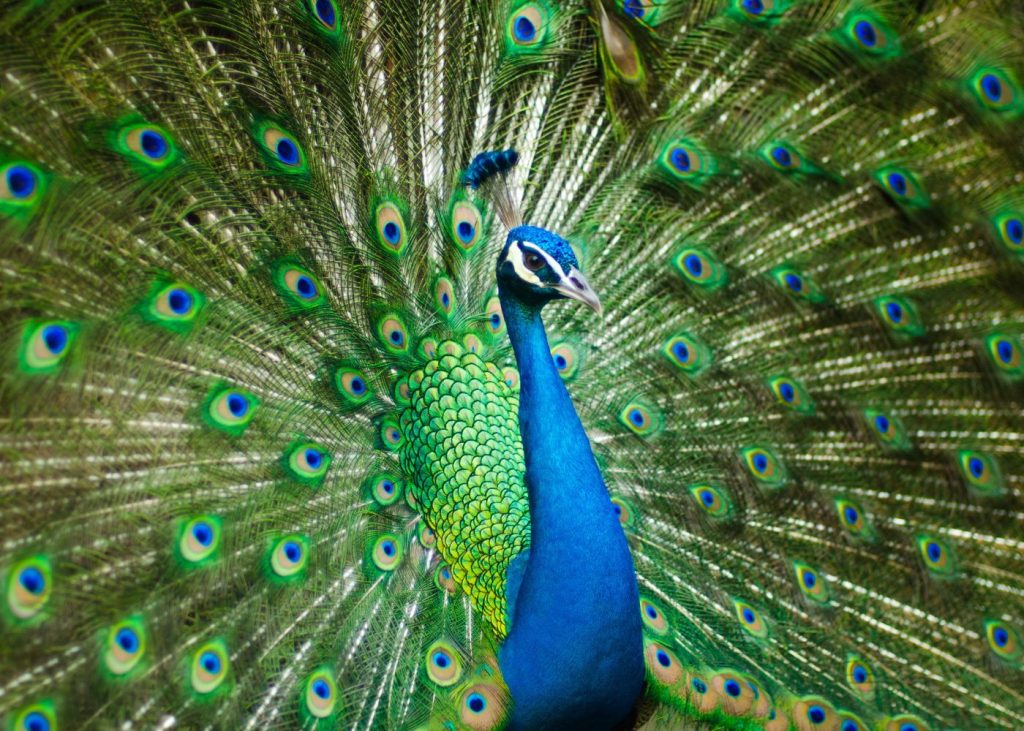
Envy
The sin of envy or an envious person is represented by a serpent, a symbol of temptation (from the story of adam and eve), and deceit.
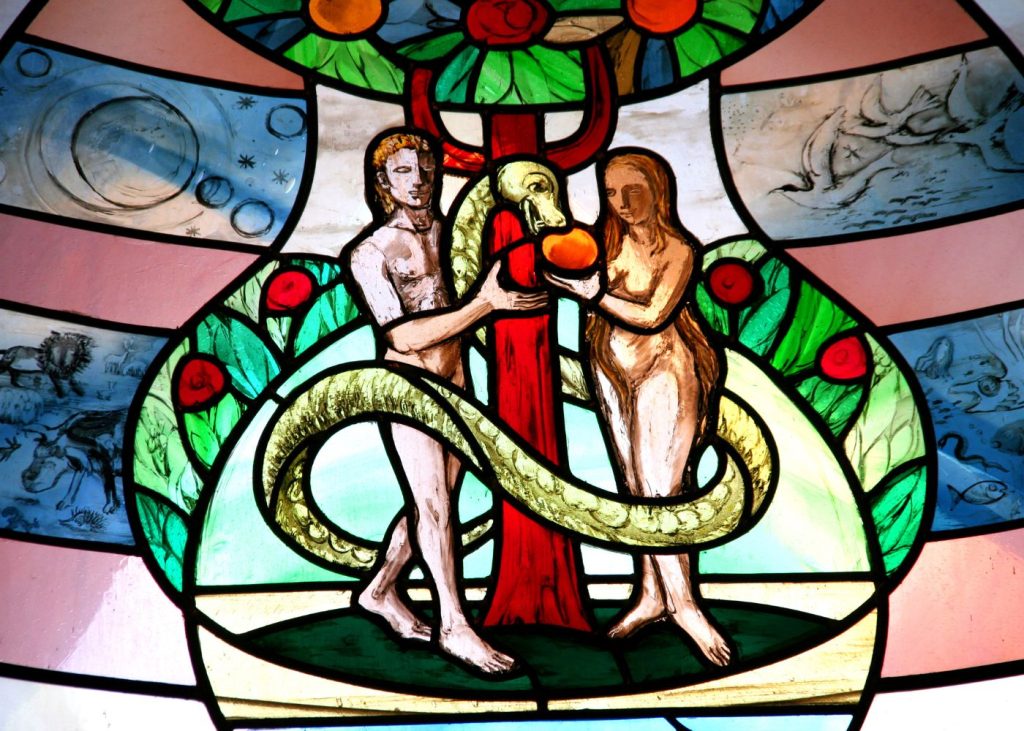
Gluttony
Gluttony, or the sin of gluttony, is symbolized by a pig, a symbol of indulgence and overindulgence.

Lust
Lust, or the sin of lust, is represented by a rabbit or a fox, both symbols of sexual desire and temptation.

Anger
Anger, or the sin of wrath, is often symbolized by a bull, which symbolizes rage and violence.
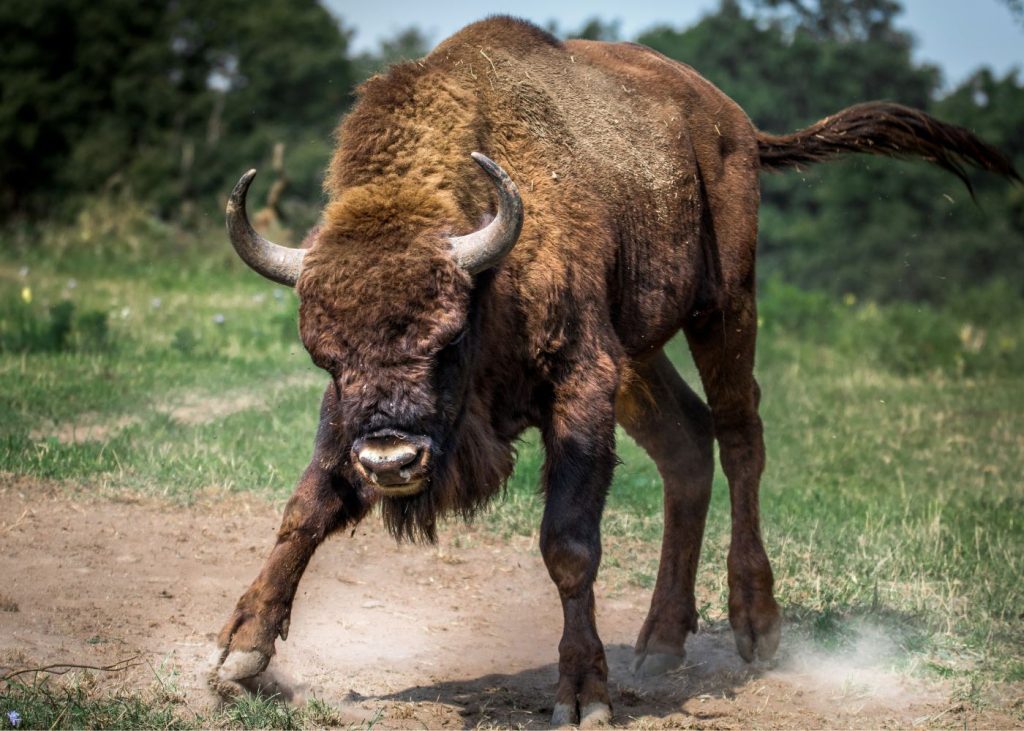
Greed
Greed, or the sin of greed, is represented by a dragon, symbolizing power, avarice, and materialism.
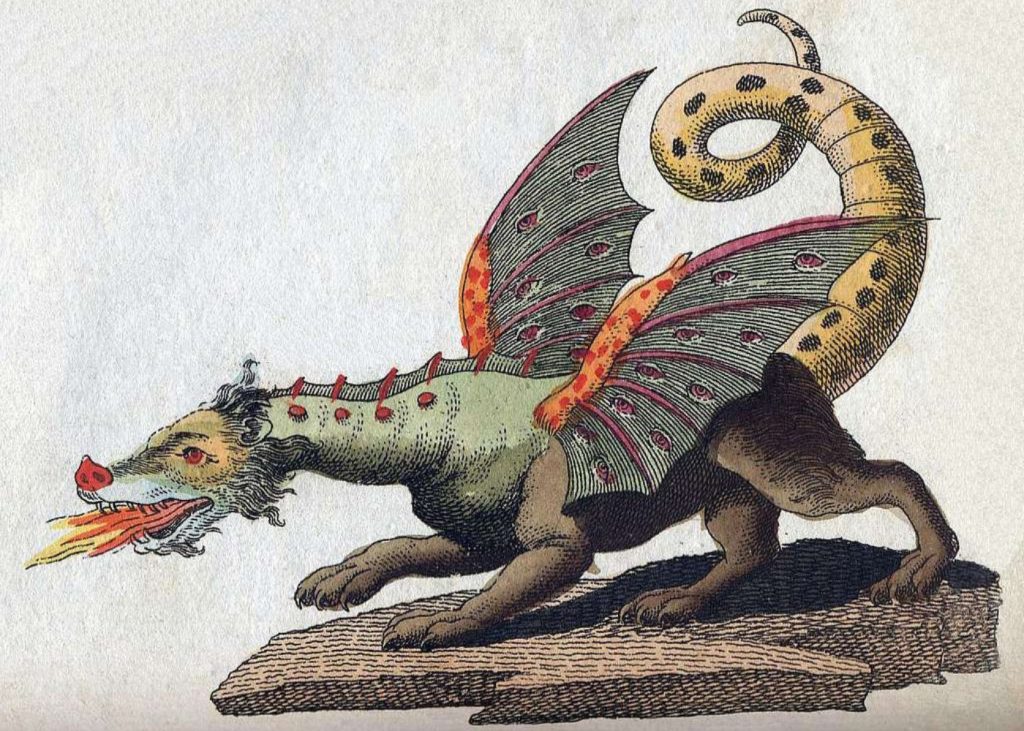
Sloth
The sin of sloth is symbolized by a turtle, which represents laziness or procrastination. The turtle is a reminder to be productive and to stay motivated.

Do The Seven Deadly Sins Symbols Come From The Bible?
No, the seven deadly sins symbols do not come from the Bible. The seven deadly sins are a concept that originated in early Christian teachings, but the symbols associated with these sins did not come from the Bible.
The seven deadly sins symbols have a much more complex history, drawing from various sources, including religion, philosophy, and literature. The notion of the seven deadly sins can be traced back to the teachings of early Christianity. During the Middle Ages, the Catholic Church popularized the idea of sins as offensive to God.
The seven deadly sins were considered the most egregious and gluttonous offenses and believed to be the source of all other sins. The seven deadly sins were established and codified by Pope Gregory I in the 6th century and later became a cornerstone of medieval morality.
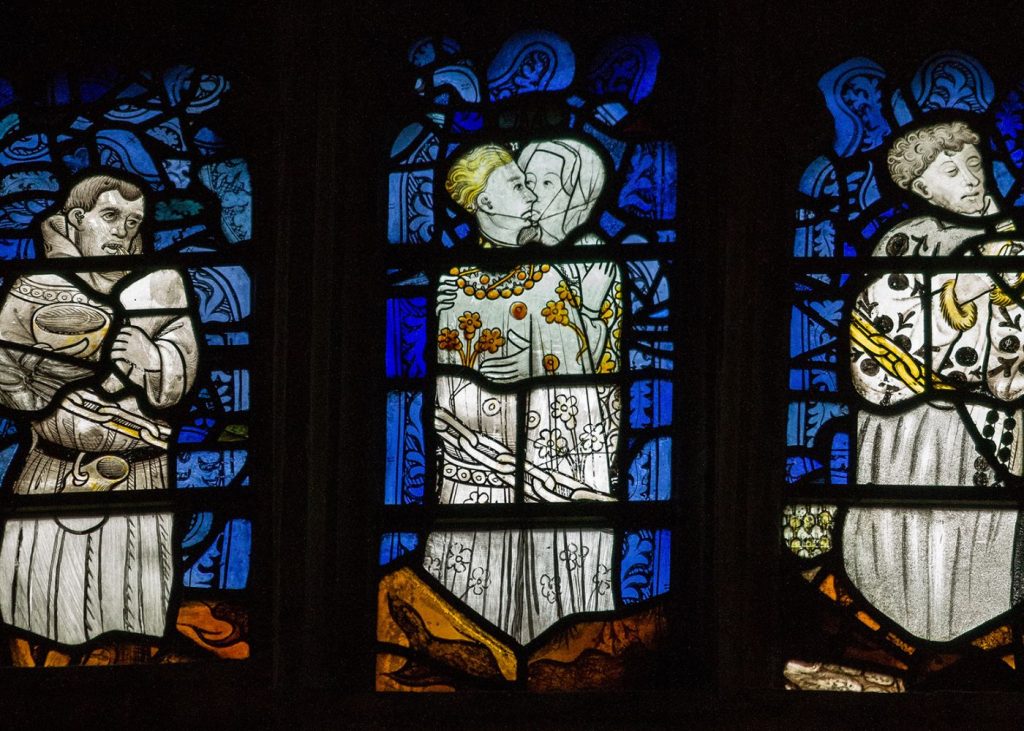
Origin of the 7 Deadly Sins
The origin of the 7 Deadly Sins can be traced back to early Christianity, although their exact origin still needs to be determined. In the 4th century CE, an early Christian monk named Evagrius Ponticus wrote a treatise called the Praktikos. He described a list of 8 different types of temptation that he believed were the root of all sin.
This list of eight sources of temptation was later reduced to the 7 Deadly Sins, considered the most severe forms of sin. The 7 Deadly Sins were popularized in the 6th century CE by Pope Gregory I in his work Liber Regulae Pastoralis.
Liber Regulae Pastoralis was a guide for priests on how to serve their congregations better. In this work, Gregory outlined the 7 Deadly Sins and their consequences, warning all tempted to commit them.
The 7 Deadly Sins were further popularized in the 14th century by the Italian poet Dante Alighieri in The Divine Comedy. Dante’s work reinforced the idea of the 7 Deadly Sins as a universal moral code. He incorporated them into his detailed description of the afterlife and its punishments for those who commit sins.
If you found this article helpful, check out this post on the deep symbolism of the Jerusalem cross.

